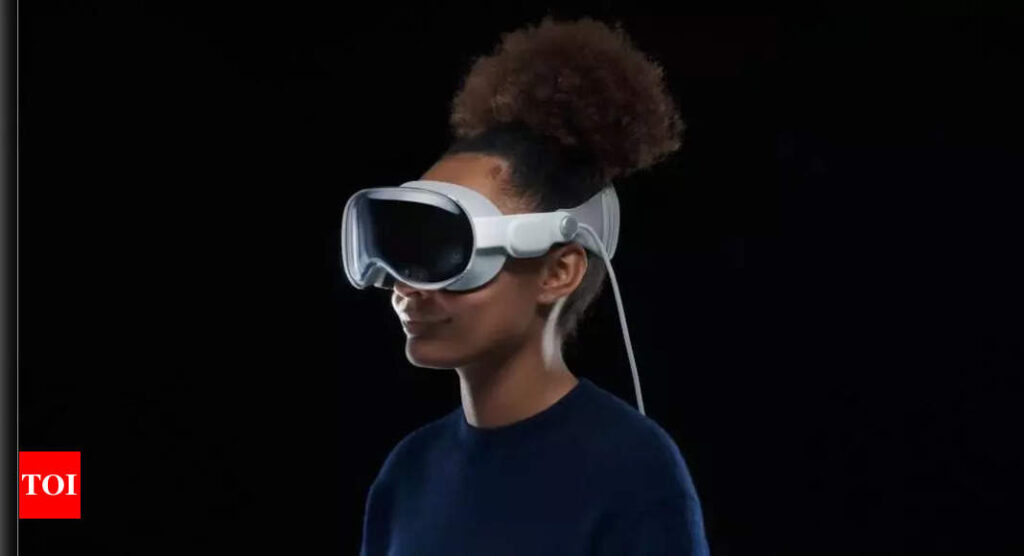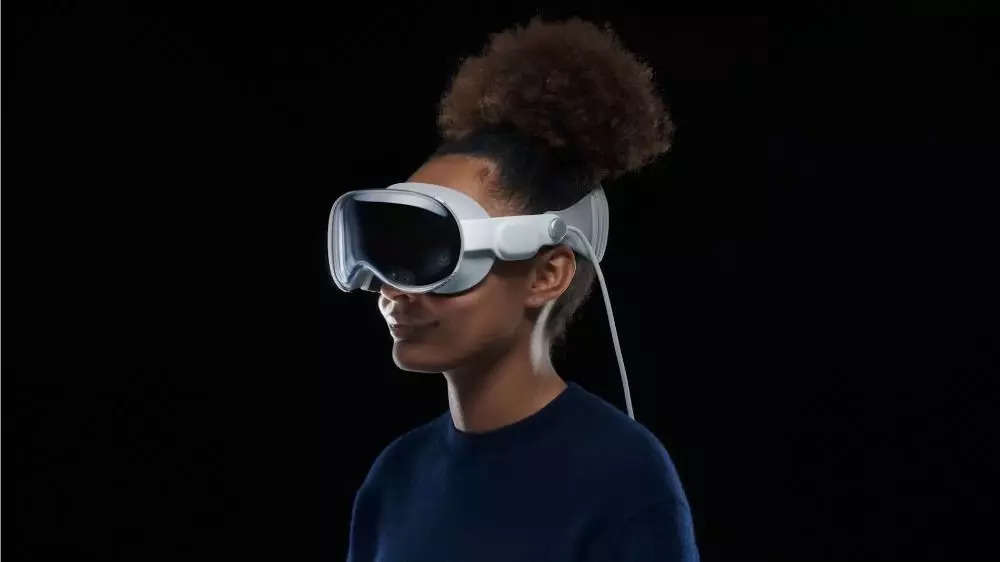[ad_1]
Augmented Reality (AR), Virtual Reality (VR) and Mixed Reality (MR) were once popular and they have now once again started getting the limelight ever since Apple announced its Vision Pro spatial computer which was soon followed by Meta’s Quest 3 which is again a Mixed Reality headset.
All these AR, VR and MR names create quite a confusion and it is important to understand what they are and how they are different from each other. To make things easier for you, we’ve explained all the three technologies and have also created a simple table showcasing the key differences between the three. Read on.
The idea of virtual reality headset isn’t new
The entire VR and AR headsets technology have been there for a while now. Google had its Google Lens which eventually died a painful death, Microsoft also has HoloLens and Meta Quest lineup is already there. HTC’s Vive and Oculus devices have also been there for a long time now. Apple here is a little late to the party. However, the Vision Pro has created quite a stir in the segment and knowing Apple, it has already showcased the entire aspect of the device and how it is going to fit within its ecosystem.
Let’s get on with the definitions of all the “reality” technologies.
Augmented Reality (AR)
Augmented Reality (AR) is a simple display that lets users see the world on it along with additional information overlay. The simplest example can be Pokemon Go which once became so popular. If you remember that game, it used to show users the real world from their surroundings and let them play the game. Another good example of AR is scanning a QR code using the camera app. AR is the most common ‘reality’ tech available for users.
But, these are basic AR examples. There are advanced AR’s as well. For instance, the HoloLens or Vision Pro are AR headsets. They are more powerful and process the surroundings in a more real-like feeling than the basic models. For instance, it can analyse the entire surrounding and identify things around the room and also provide important information on them. Microsoft showcased that HoloLens can even let users repair things in their kitchen or bike using it.
Apple also showcased a somewhat similar experience like ability to use a Mac from the real world within the Vision Pro headset. Factory workers or even medical professionals can also leverage this technology to dig deeper into the problem and understand the situation more widely.
Entertainment isn’t limited to AR. Users have the option to video a video, watch live streams and more using the headset.
Virtual Reality (VR)
Unlike AR, Virtual Reality is completely. It transports the users into a complete digital realm and there’s no interaction with the actual world. On the other hand, the VR headsets basically cater to niche requirements. For instance, the Quest offers a wide range of features, access to apps and services. Similarly, The HTC Vive is aimed at VR gaming for PC users and the same can be said for PlayStation VR headset.
They are expensive usually for what they offer and some people also have health issues while using the VR headsets. Despite all this, the VR headsets have managed to survive especially in the gaming industry, especially during the pandemic.
Mixed Reality (MR)
Mixed Reality headsets are the most complicated among the three. And, that’s because it brings the best of both worlds. Mixed Reality (MR) technology blends the real world with digital elements, creating immersive experiences. Unlike Augmented Reality (AR), MR seamlessly integrates virtual objects into the user’s environment, reacting to real-world surroundings in real-time. Users can interact with and manipulate these virtual objects as if they were tangible. MR systems often employ headsets or smart glasses to overlay digital content onto the physical world. This technology has applications in gaming, education, training, design, and more, offering a spectrum of experiences from fully immersive virtual environments to subtle augmentations of reality, enhancing how we perceive and interact with our surroundings.
All these AR, VR and MR names create quite a confusion and it is important to understand what they are and how they are different from each other. To make things easier for you, we’ve explained all the three technologies and have also created a simple table showcasing the key differences between the three. Read on.
The idea of virtual reality headset isn’t new
The entire VR and AR headsets technology have been there for a while now. Google had its Google Lens which eventually died a painful death, Microsoft also has HoloLens and Meta Quest lineup is already there. HTC’s Vive and Oculus devices have also been there for a long time now. Apple here is a little late to the party. However, the Vision Pro has created quite a stir in the segment and knowing Apple, it has already showcased the entire aspect of the device and how it is going to fit within its ecosystem.
Let’s get on with the definitions of all the “reality” technologies.
Augmented Reality (AR)
Augmented Reality (AR) is a simple display that lets users see the world on it along with additional information overlay. The simplest example can be Pokemon Go which once became so popular. If you remember that game, it used to show users the real world from their surroundings and let them play the game. Another good example of AR is scanning a QR code using the camera app. AR is the most common ‘reality’ tech available for users.
But, these are basic AR examples. There are advanced AR’s as well. For instance, the HoloLens or Vision Pro are AR headsets. They are more powerful and process the surroundings in a more real-like feeling than the basic models. For instance, it can analyse the entire surrounding and identify things around the room and also provide important information on them. Microsoft showcased that HoloLens can even let users repair things in their kitchen or bike using it.
Apple also showcased a somewhat similar experience like ability to use a Mac from the real world within the Vision Pro headset. Factory workers or even medical professionals can also leverage this technology to dig deeper into the problem and understand the situation more widely.
Entertainment isn’t limited to AR. Users have the option to video a video, watch live streams and more using the headset.
Virtual Reality (VR)
Unlike AR, Virtual Reality is completely. It transports the users into a complete digital realm and there’s no interaction with the actual world. On the other hand, the VR headsets basically cater to niche requirements. For instance, the Quest offers a wide range of features, access to apps and services. Similarly, The HTC Vive is aimed at VR gaming for PC users and the same can be said for PlayStation VR headset.
They are expensive usually for what they offer and some people also have health issues while using the VR headsets. Despite all this, the VR headsets have managed to survive especially in the gaming industry, especially during the pandemic.
Mixed Reality (MR)
Mixed Reality headsets are the most complicated among the three. And, that’s because it brings the best of both worlds. Mixed Reality (MR) technology blends the real world with digital elements, creating immersive experiences. Unlike Augmented Reality (AR), MR seamlessly integrates virtual objects into the user’s environment, reacting to real-world surroundings in real-time. Users can interact with and manipulate these virtual objects as if they were tangible. MR systems often employ headsets or smart glasses to overlay digital content onto the physical world. This technology has applications in gaming, education, training, design, and more, offering a spectrum of experiences from fully immersive virtual environments to subtle augmentations of reality, enhancing how we perceive and interact with our surroundings.
[ad_2]
Source link











More Stories
Google Maps: Three privacy features coming to Google Maps on Android, iPhones
Most-Downloaded IPhone App: This Chinese app was the most-downloaded iPhone app in the US in 2023
Ukraine’s largest mobile operator goes offline for millions of users after cyber attack